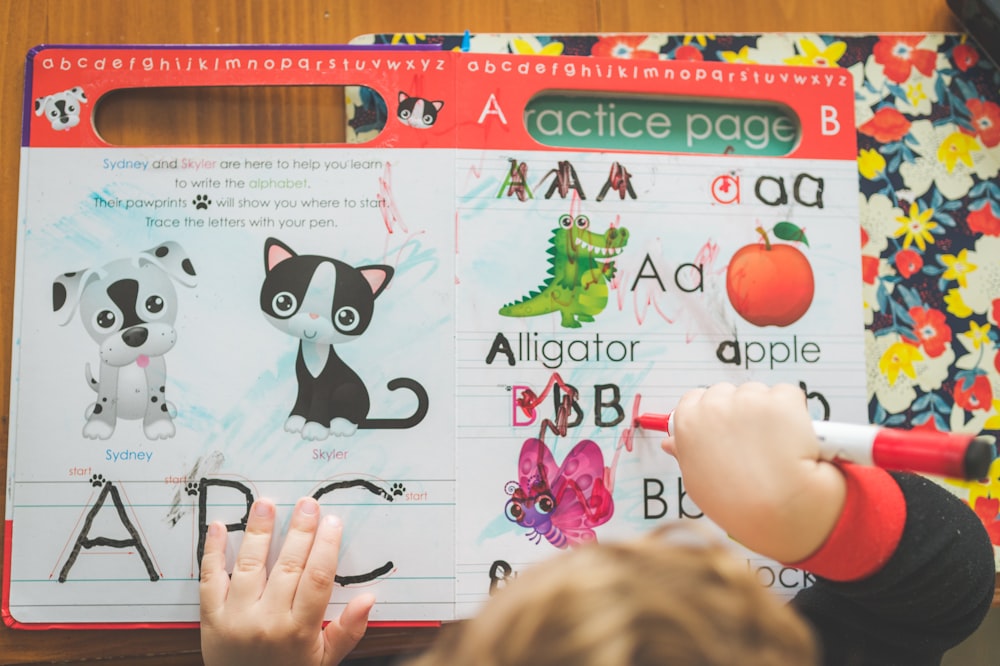Mastering Distance Learning Essential Tips for Success
In the age of digital education, mastering distance learning has become a necessity for educators. Here are essential tips to help teachers succeed in the realm of online instruction.
Create a Dedicated Learning Space
Setting up a dedicated learning space is crucial for both teachers and students. Designate a quiet, well-lit area in your home where you can focus on teaching without distractions. Make sure your space is organized and free from clutter, with all the necessary technology and teaching materials within reach. This dedicated space helps establish a sense of routine and professionalism in your virtual classroom.
Familiarize Yourself with Online Platforms
Before diving into online teaching, take the time to familiarize yourself with the various online platforms and tools available. Whether you’re using video conferencing software, learning management systems, or collaboration tools, understanding their features and functionalities is key. Attend training sessions or explore tutorials to master these platforms, allowing you to navigate smoothly during virtual lessons.
Communicate Clearly and Frequently
Clear communication is essential in distance learning environments. Clearly outline your expectations, schedules, and assignments for students at the beginning of each week. Use multiple channels such as emails, announcements on the learning management system, and virtual office hours to stay connected with students. Regular updates and reminders help students stay on track and engaged in their learning journey.
Engage Students with Interactive Activities
Keeping students engaged in a virtual setting requires creativity and innovation. Incorporate interactive activities such as virtual scavenger hunts, online polls, breakout rooms, and multimedia presentations into your lessons. These activities not only make learning fun but also foster collaboration and active participation among students. Be open to trying new tools and techniques to keep the virtual classroom dynamic and engaging.
Provide Clear and Timely Feedback
Feedback plays a crucial role in student learning and growth. Provide clear and timely feedback on assignments, assessments, and class participation. Use rubrics or grading criteria to ensure consistency in your feedback. Additionally, offer constructive feedback that highlights students’ strengths and areas for improvement. This personalized approach to feedback helps students understand their progress and motivates them to strive for excellence.
Foster a Sense of Community
Building a sense of community in a virtual classroom is vital for student engagement and success. Create opportunities for students to interact with each other through discussion forums, group projects, and virtual study groups. Encourage students to share their thoughts, ideas, and experiences, creating a collaborative learning environment. Celebrate student achievements and milestones to strengthen bonds within the virtual community.
Prioritize Time Management and Organization
Distance learning requires strong time management and organizational skills. Create a detailed schedule that outlines your teaching hours, preparation time, and grading sessions. Use digital calendars, task lists, and reminders to stay organized and on track with deadlines. Encourage students to manage their time effectively by providing them with assignment calendars and goal-setting tools.
Embrace Flexibility and Adaptability
Flexibility is a hallmark of successful distance learning. Understand that students may face challenges such as internet connectivity








